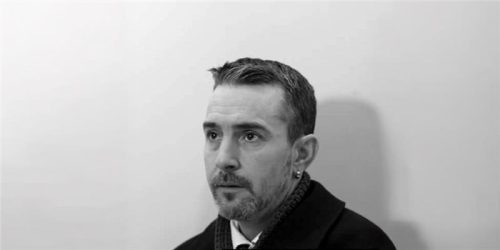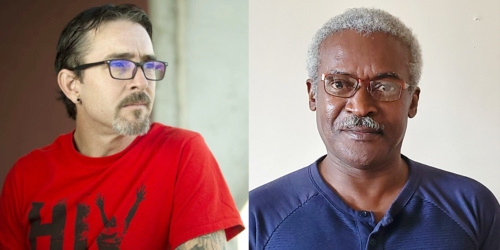U=U should mean reproductive freedom — but many fertility clinics haven’t caught up yet
December 1, 2025 • By Mona Loutfy and Amy LySomeone living with HIV calls a fertility clinic to ask about booking a consultation. They may have spent months planning for this moment, choosing the right time, the right support, the right words. But instead of a clear pathway to care, they are told that they need to be referred somewhere else. Or that the clinic is “not sure” whether they can provide services. Or they are met with silence on the phone while someone tries to decide how to respond. For many people living with HIV who want to build families, this is still a familiar experience. For people...






